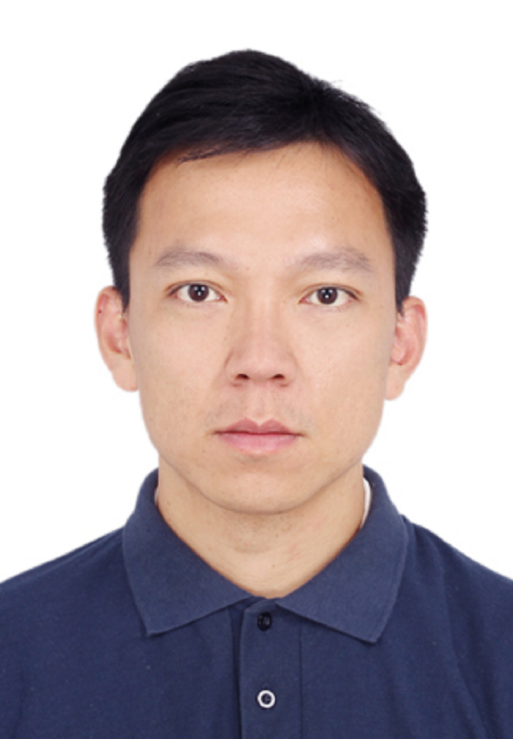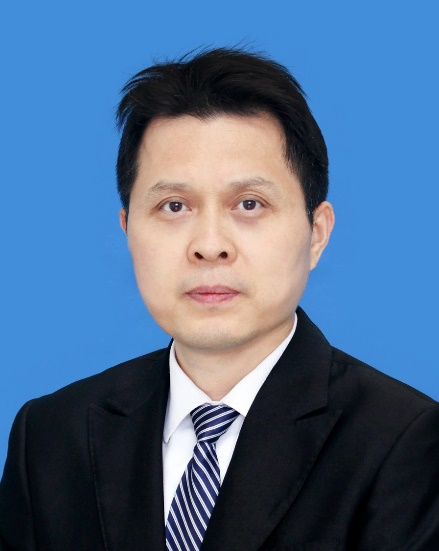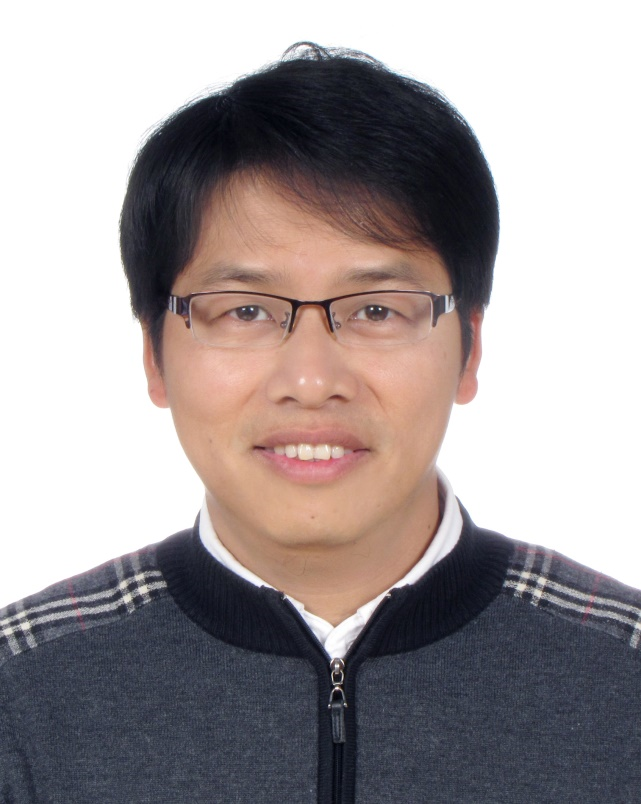


纪荣嵘教授,厦门大学教授,国家优秀青年科学基金获得者。主要研究方向为计算机视觉、多媒体技术和机器学习。近年来发表PAMI、IJCV、ACM汇刊、IEEE汇刊、CVPR、NeurIPS等会议长⽂过百篇。论文谷歌学术引用九千余次。曾获2007年微软学者奖、2011年ACM Multimedia最佳论文奖、2015年省自然科学二等奖、2016年教育部技术发明一等奖、2018年省科技进步一等奖、2019年福建省青年科技奖。曾/现主持国家重点研发计划课题,国家自然科学基金。任中国计算机学会A类国际会议IEEE CVPR 2021、ACM Multimedia 2020/ 2019/2018领域主席等。任中国图象图形学学会青工委副主任、中国自动化学会粒计算与多尺度分析专委会副主任、中国计算机学会计算机视觉专委会常务委员、中国计算机学会学术工委委员、教育部电子信息类教指委人工智能专业建设咨询委员会委员。

李宏亮教授,电子科技大学教授,博士生导师,国家杰出青年科学基金获得者,教育部新世纪优秀人才计划入选者,四川省学术和技术带头人。主要研究领域包括图像理解与分析,对象检测与分割,视觉感知模型等。已发表学术论文110余篇,其中包括IEEE Transactions论文50余篇。主持了多项国家和省部级科研项目。目前担任IEEE Transactions on Circuits and Systems for Video Technology编委,Elsevier国际期刊Journal on Visual Communications and Image Representation,Signal Processing: Image Communication编委。2014年IEEE多媒体会议与博览会(ICME2014)的本地组委会主席,2016年IEEE视觉通信和图像处理国际会议(VCIP 2016)技术委员会主席。2017年IEEE智能信号处理与通信系统国际会议大会主席,以及2017环太多媒体会议程序委员会主席。IEEE电路与系统协会VSPC专委会委员。获2018年JVCI杰出服务奖,2019年IEEE-TCSVT最佳编委奖。

林宙辰教授,北京大学教授,IAPR/IEEE Fellow,国家杰青,中国图象图形学学会机器视觉专委会主任,中国自动化学会模式识别与机器智能专委会副主任。研究领域为机器学习、计算机视觉、图像处理、模式识别和数值优化。发表论文200余篇,英文专著2本。任CVPR 2014/2016/2019/2020/2021、ICCV 2015、NIPS/NeurIPS 2015/2018/2019/2020、ICML 2020、IJCAI 2020/2021、AAAI 2019/2020和ICLR 2021领域主席,ICPR 2020 Track Chair,IJCV编委。曾任IEEE T. PAMI编委。

杨睿刚教授,2003年于美国北卡罗莱纳大学教堂山分校获博士学位,主修计算机科学。曾获得美国国家基金委员会CAREER奖,美国肯塔基大学计算机系终身教授。 曾任百度研究院机器人和自动驾驶实验室主任。现任嬴彻科技CTO, 杨睿刚博士在包括IJCV、IEEE T-PAMI、SIGGRAPH、CVPR、ICCV在内的计算机视觉和图形学领域顶级期刊和会议上发表论文130 余篇,Google Scholar引用超过万次,H 指数50。

虞晶怡教授于2000年获美国加州理工学院(Caltech)双学士学位,2005年获美国麻省理工学院(MIT)博士学位。现任上海科技大学信息科学与技术学院教授、执行院长,是上海人工智能咨询委员会委员、叠境数字联合创始人。虞教授长期从事计算机视觉、计算成像、计算机图形学、生物信息学等领域的研究工作,已发表140多篇学术论文, 其中超90篇发表于国际会议CVPR/ICCV/ECCV和期刊TPAMI,已获得20多项PCT发明专利授权。虞教授是美国国家科学基金杰出青年奖(NSF CAREER Award)获得者。他曾组织多个计算机视觉大会,担任IEEE TPAMI、IEEE TIP等多个顶级期刊编委。虞教授担任ICCP 2016、ICPR 2020、WACV 2021以及人工智能顶会IEEE CVPR 2021和ICCV 2025的程序主席。

张长水教授,男,1986年7月毕业于北京大学数学系,获得学士学位。1992年7月毕业于清华大学自动化系,获得博士学位。1992年7月至今在清华大学自动化系工作。现任清华大学自动化系教授,主要研究兴趣包括:机器学习、模式识别、计算视觉等方面。目前是IEEE Fellow, 计算机学会高级会员;担任学术期刊:IEEE Trans. on PAMI 等杂志编委;在国际期刊发表论文130多篇,在顶级会议上发表论文50多篇。